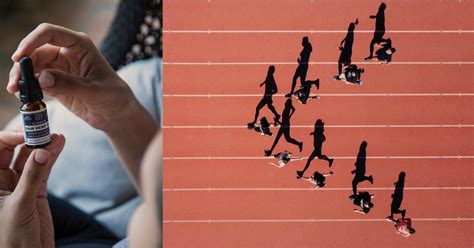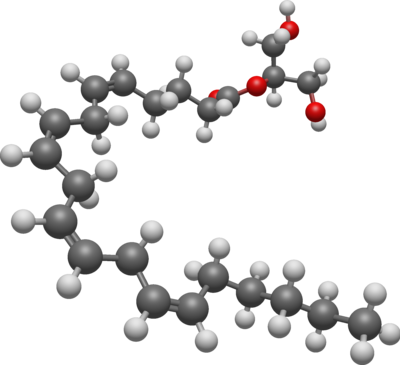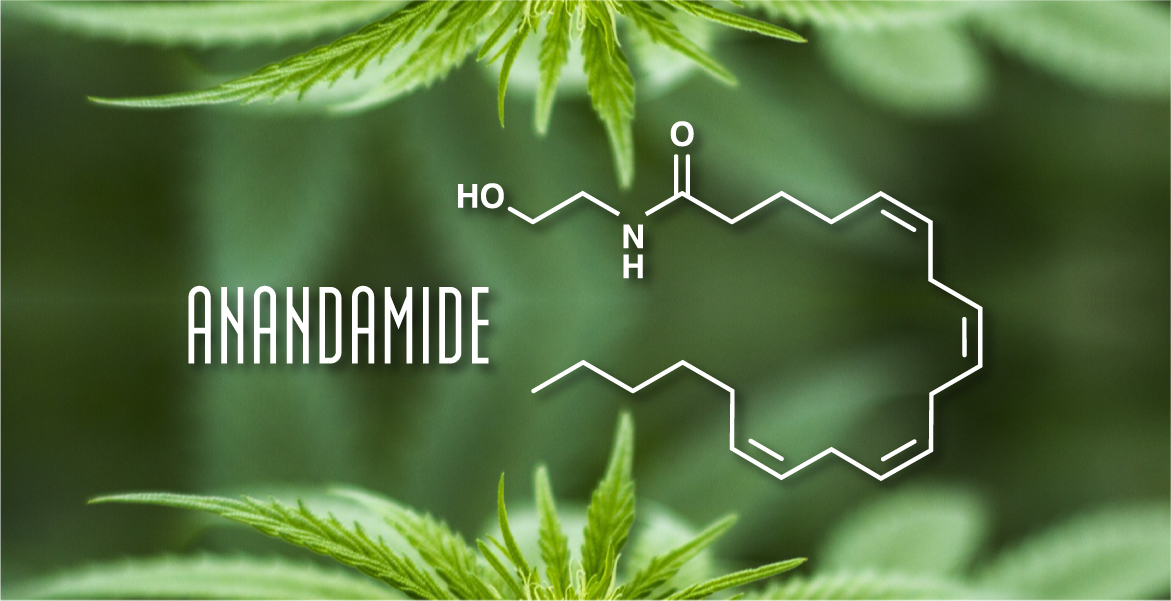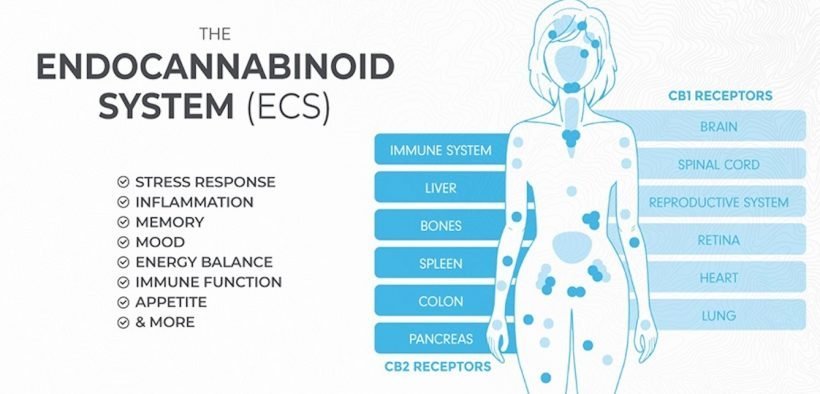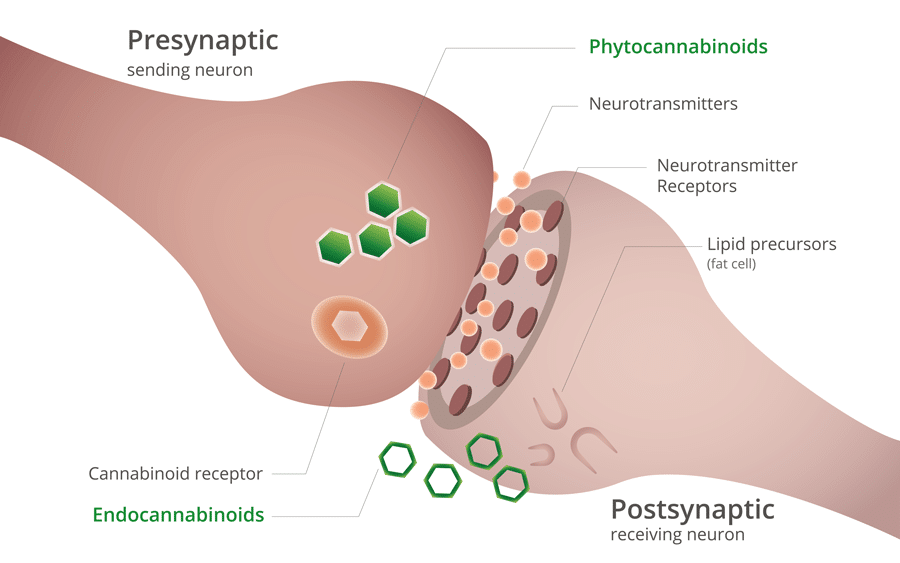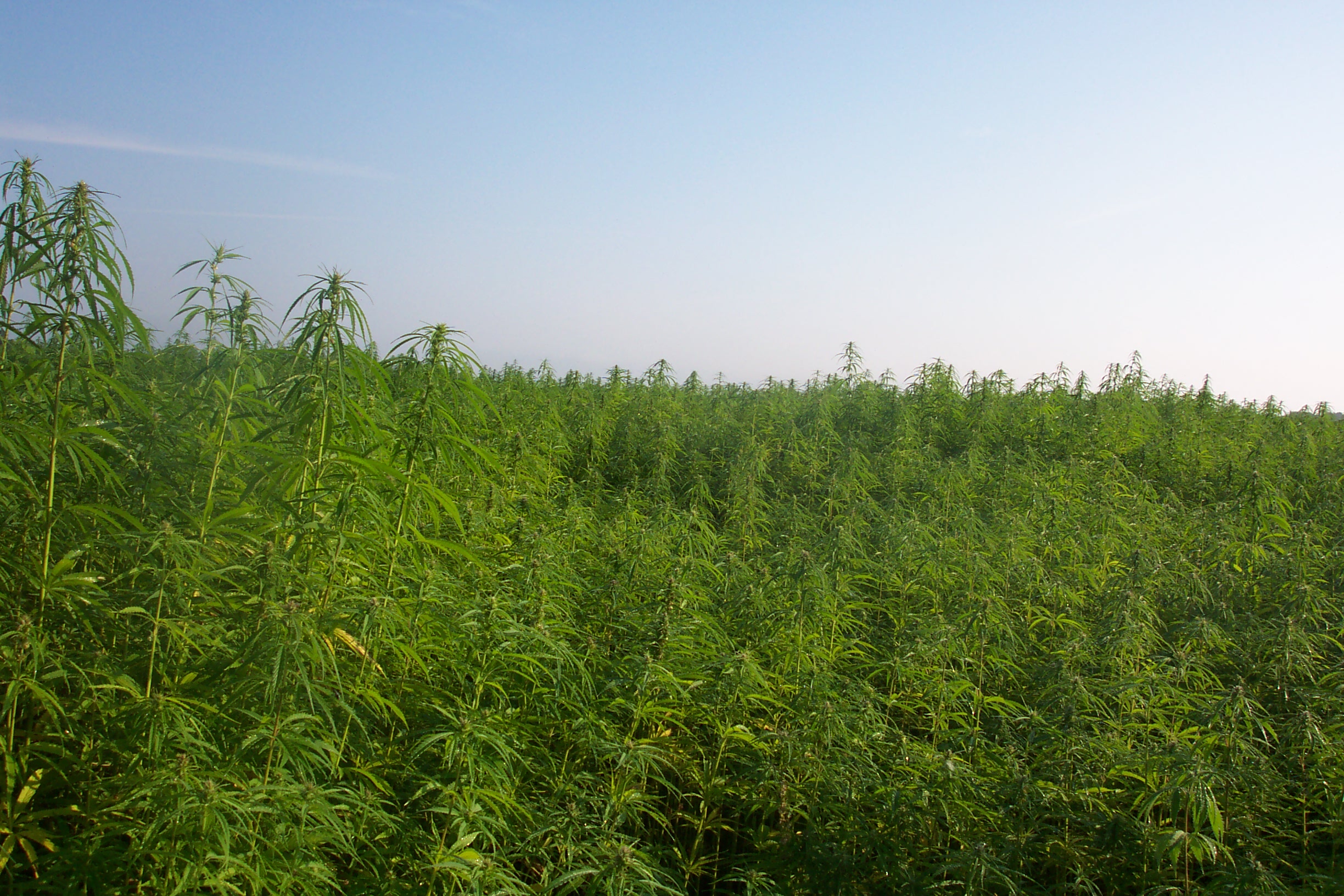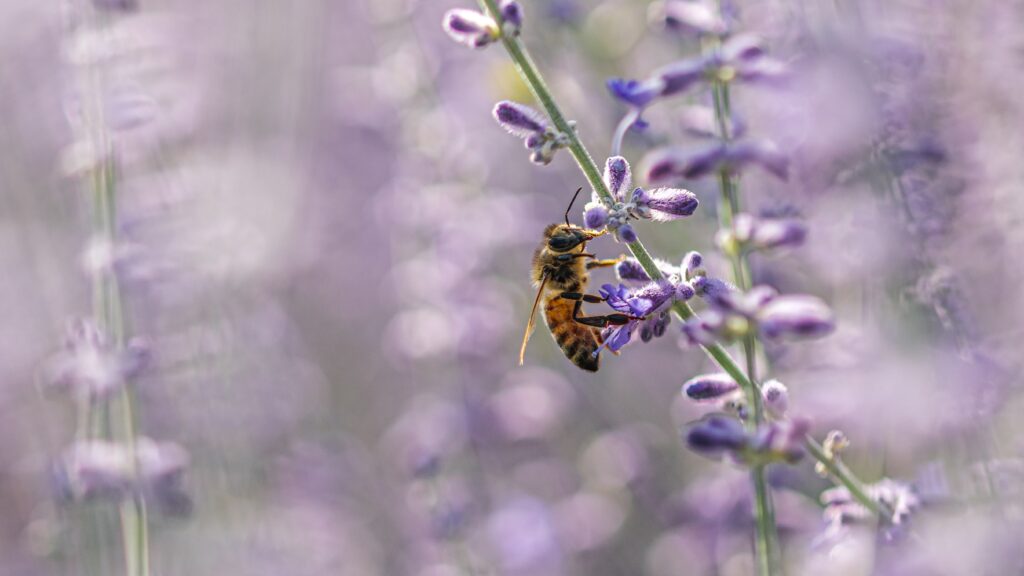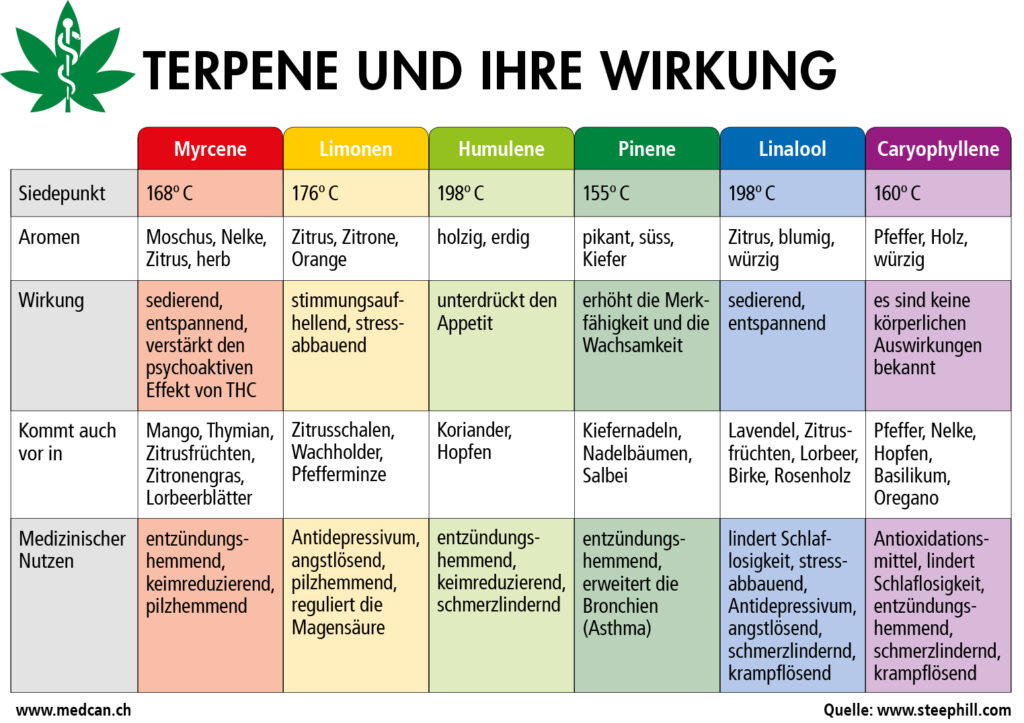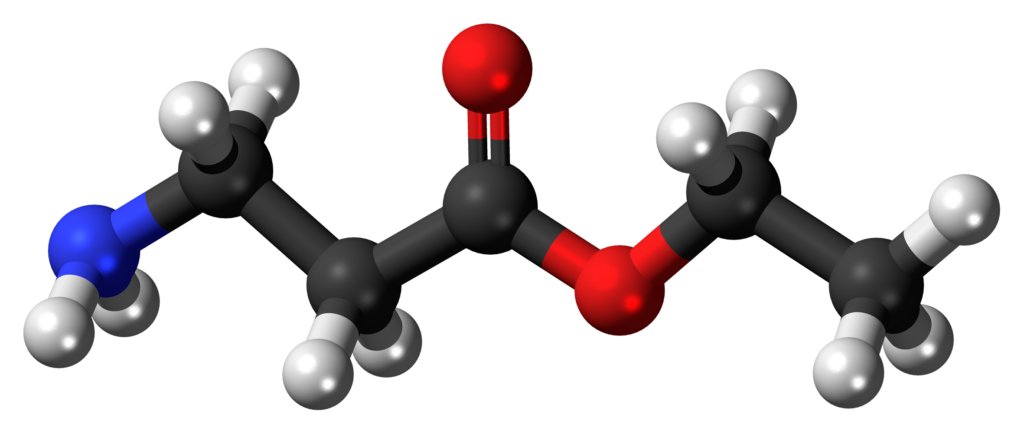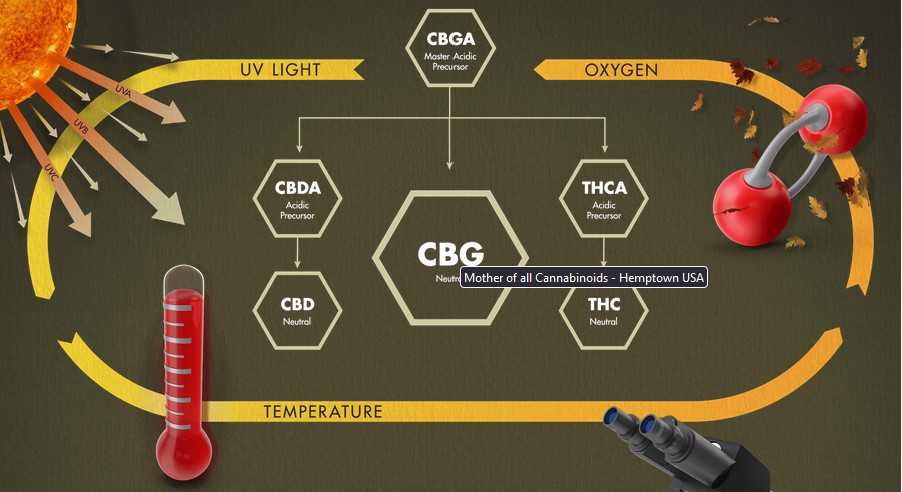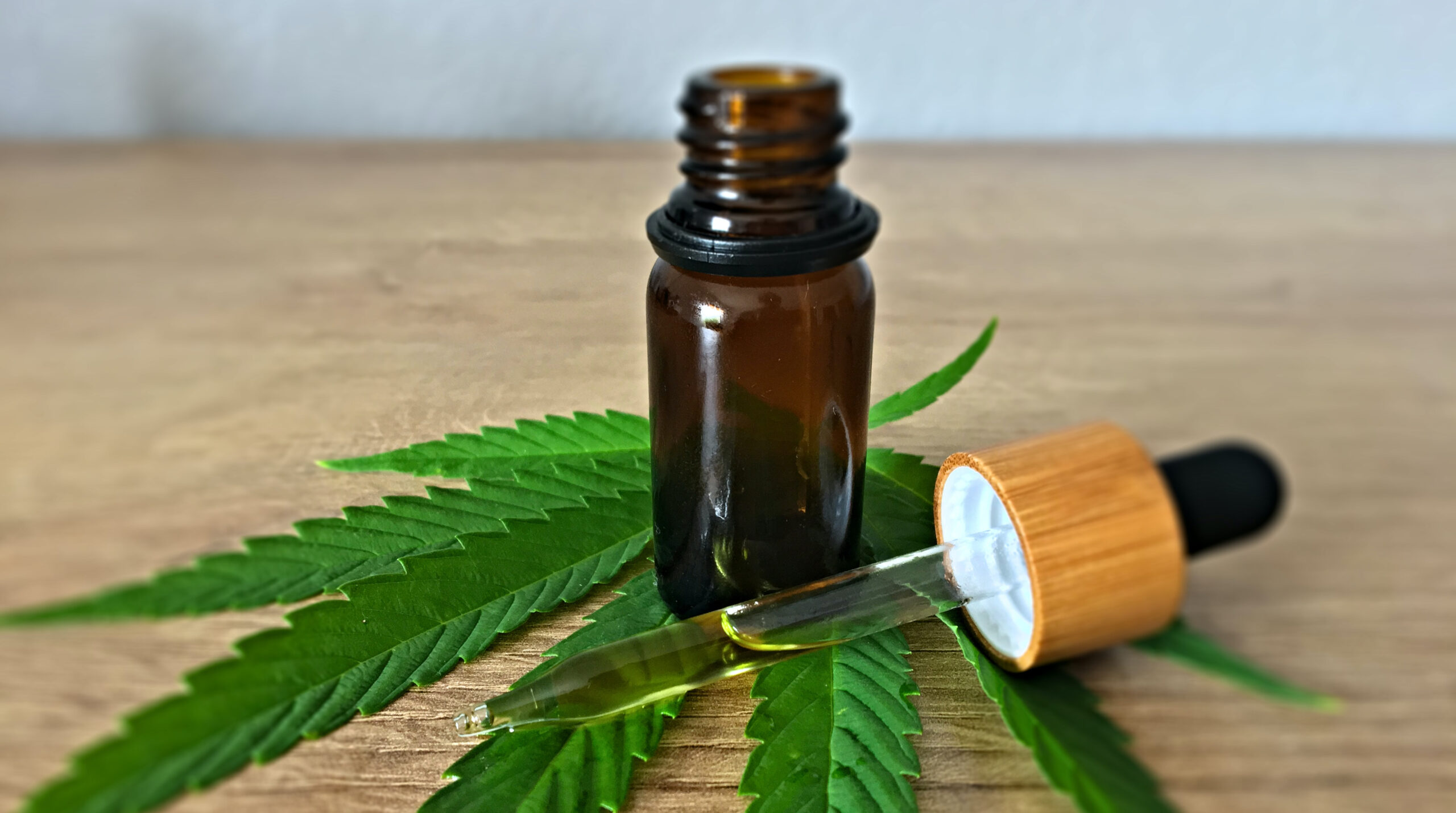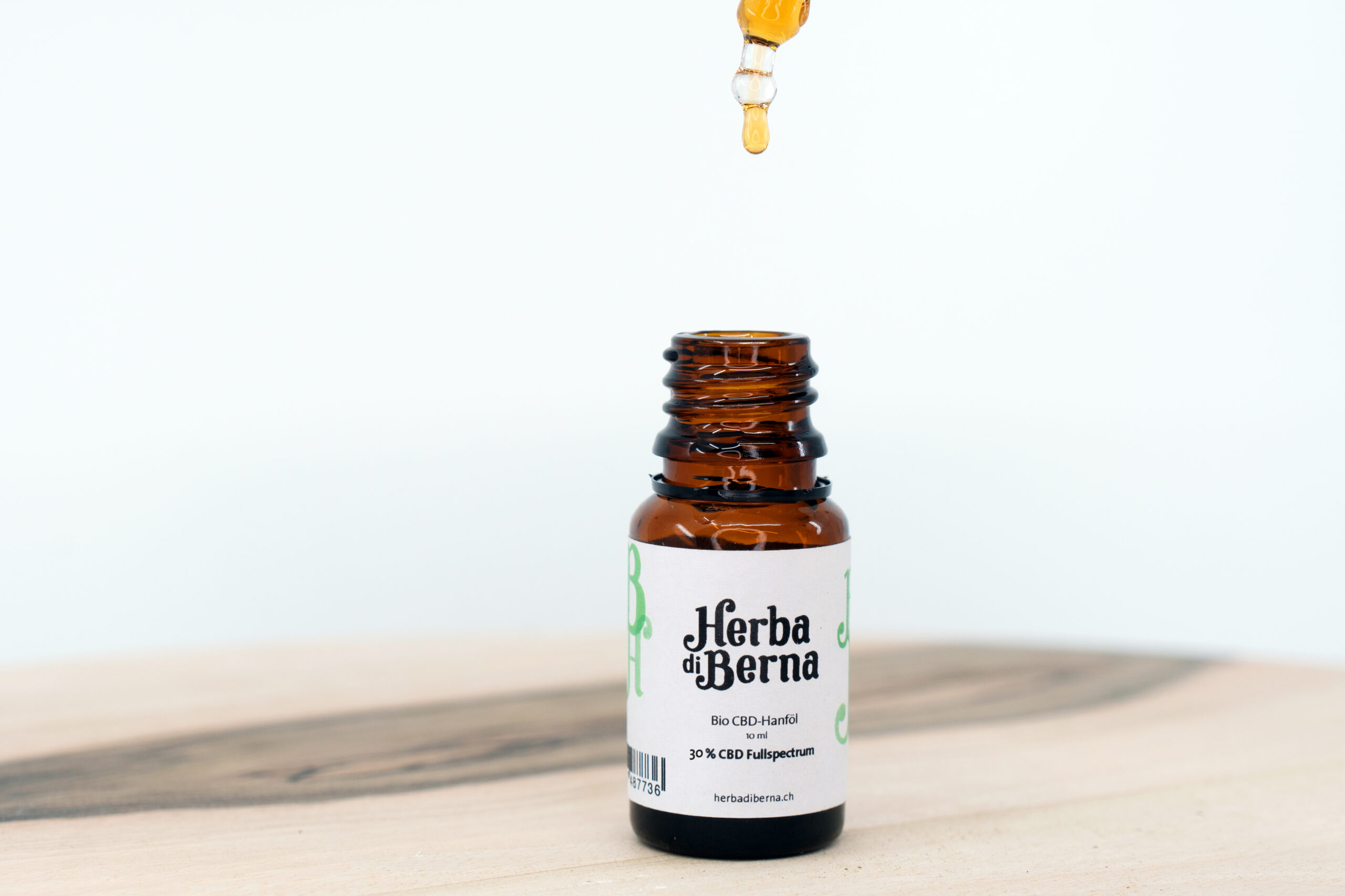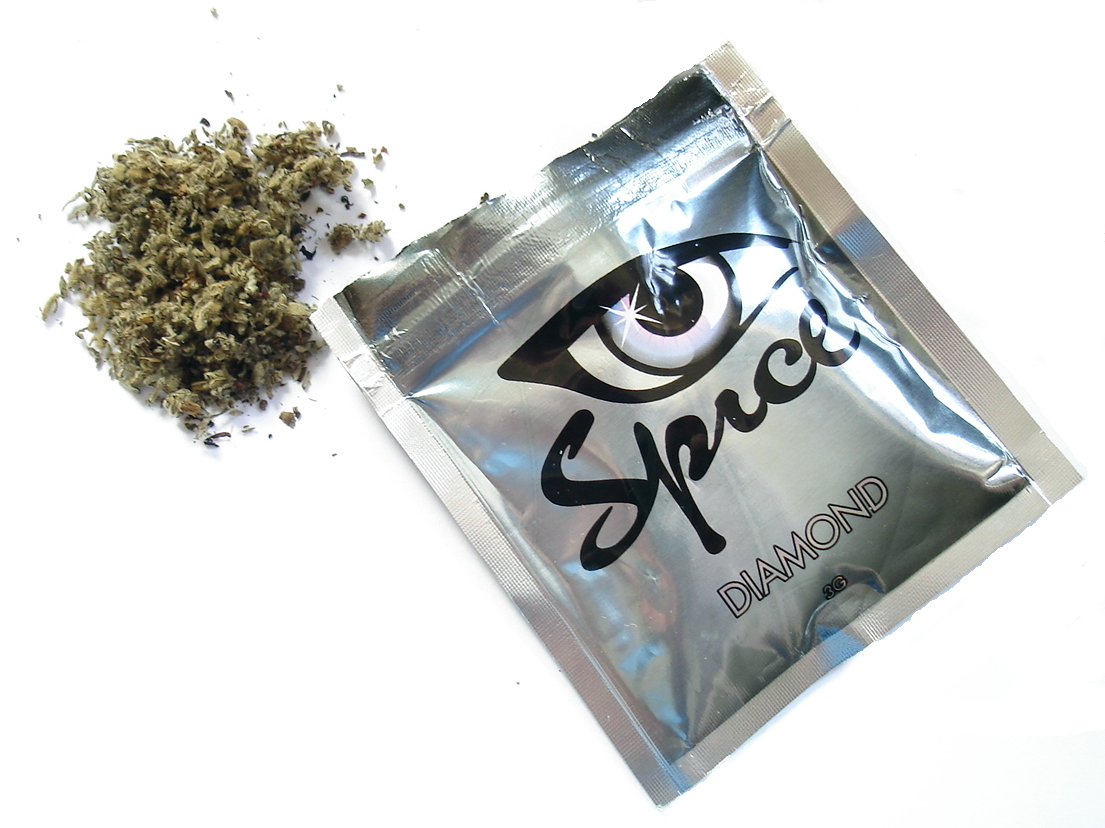
We know natural “phytocannabioids” (phyto = plant-based) such as CBD (cannabidiol) and THC (tetrahydrocannabinol). Many people have also heard of the body’s own “endocannabinoids” that regulate various processes in our bodies. Besides these natural molecules, there is another cannabinoid category that is talked about every now and then: Synthetic cannabinoids. What are these substances anyway, and why are they considered so dangerous?
History of synthetic cannabinoids
Synthetic cannabinoids have their origin in research. Artificial cannabinoids have been synthesized in order to conduct research on the molecules despite widespread cannabis prohibitions. Thus, the discovery of human cannabinoid receptors depended significantly on synthetic cannabinoids such as the molecule CP-55,940. With various adjustments to the molecule, it was possible to explore in more detail exactly which factors the effect in the ECS depends on.
Unfortunately, the use of artificial cannabinoids has not been limited to research, and medical use has also been limited to a few isolated cases. For example, Nabilone, a THC mimic, has been used as an anti-emetic since 1982. However, the main use of synthetic cannabinoids is in recreational use, where some of them still cause immense harm today.

Spice, K2, Legal High – “New Psychoactive Substances”
They are not that new anymore, but still many people probably know little about the products. Synthetic cannabinoids are sold as recreational drugs under the names Spice, K2, Legal High, and many other terms. Unlike phytocannabinoids, there is absolutely no reason to assume that most synthetic cannabinoids have a health-promoting effect in addition to their intoxicating effect. Many of the synthetic cannabinoids are also many times more potent than THC and their effects on the human body are poorly understood. While the term legal high describes the history of substances well, in many cases it does not correspond to reality. In a cat-and-mouse game, new synthetic cannabinoids are constantly appearing and being banned as soon as they are discovered.
In particular, the product Spice appeared in the media from time to time – often because another tragic death occurred somewhere. Spice or similar products consist of any herbs that are then sprayed with synthetic cannabinoids. The dose and distribution of active ingredients is very irregular, which greatly increases the risk of overdose. In addition, it is almost impossible for consumers to find out which substances are being used effectively. Laboratory analyses have detected everything from tens of times higher doses of synthetic cannabinoids to rat poison.
However, the same problem appears not only in herbal mixtures. Even with “normal” cannabis, there are always cases where the flowers are sprayed with synthetic cannabinoids or other substances on the black market.
How can I protect myself?
Legal highs, spice and all other products that advertise synthetic cannabinoids should be avoided. The best safeguard against contaminated flowers is a safe reference point – as far as this is possible at all with the legal situation. In case of uncertainty, there is fortunately the possibility of “drug checking” in some places in Switzerland, where cannabis can also be tested for impurities.
You can find more information on this topic at: https://saferparty.ch





